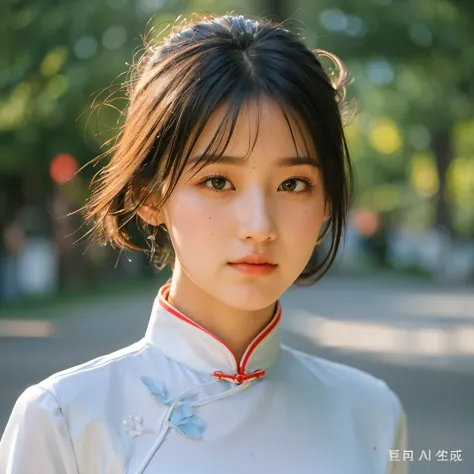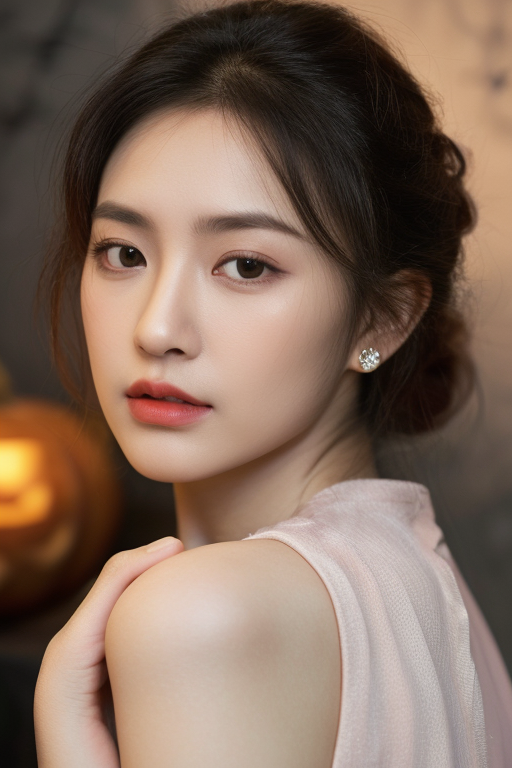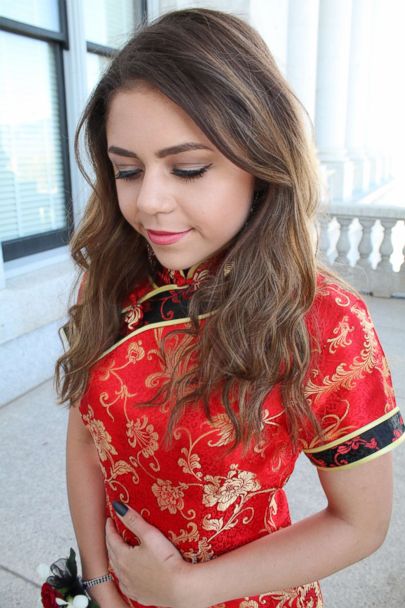A Comprehensive Guide to the Cheongsam Definition and Its Cultural Significance
As we delve into the rich tapestry of Chinese culture, one garment stands out as a symbol of elegance and heritage—the cheongsam. This article aims to unravel the intricate history, definition, and cultural significance of the cheongsam, a term that has become synonymous with Chinese femininity and grace.
The Historical Evolution of the Cheongsam
The cheongsam, also known as qipao in Mandarin, has its roots in the Manchu-ruled Qing Dynasty. Initially a loose-fitting garment for Manchu women, it evolved over time to become the figure-hugging silhouette we recognize today. The transformation of the cheongsam reflects the dynamic nature of fashion and its ability to adapt to changing societal norms and aesthetics.

The Cheongsam in Modern Times
As the 20th century unfolded, the cheongsam took on a new life. It became a staple in the wardrobes of fashionable Chinese women and was embraced by the international community. The cheongsam’s definition expanded to include various styles, colors, and patterns, making it a versatile garment that could be worn for both casual and formal occasions.

The Cultural Significance of the Cheongsam
The cheongsam is more than just a piece of clothing; it is a cultural emblem that carries the weight of Chinese history and tradition. It represents the evolution of Chinese society, the fusion of different cultural influences, and the expression of individuality and femininity. The cheongsam definition, therefore, goes beyond its physical form to encompass its deeper cultural connotations.

Preserving the Legacy of the Cheongsam
Today, the cheongsam continues to be a cherished part of Chinese culture. Efforts are being made to preserve its legacy and ensure that future generations can appreciate its beauty and significance. From fashion shows that showcase modern interpretations of the cheongsam to educational initiatives that teach about its history, the cheongsam definition is being kept alive and relevant.







